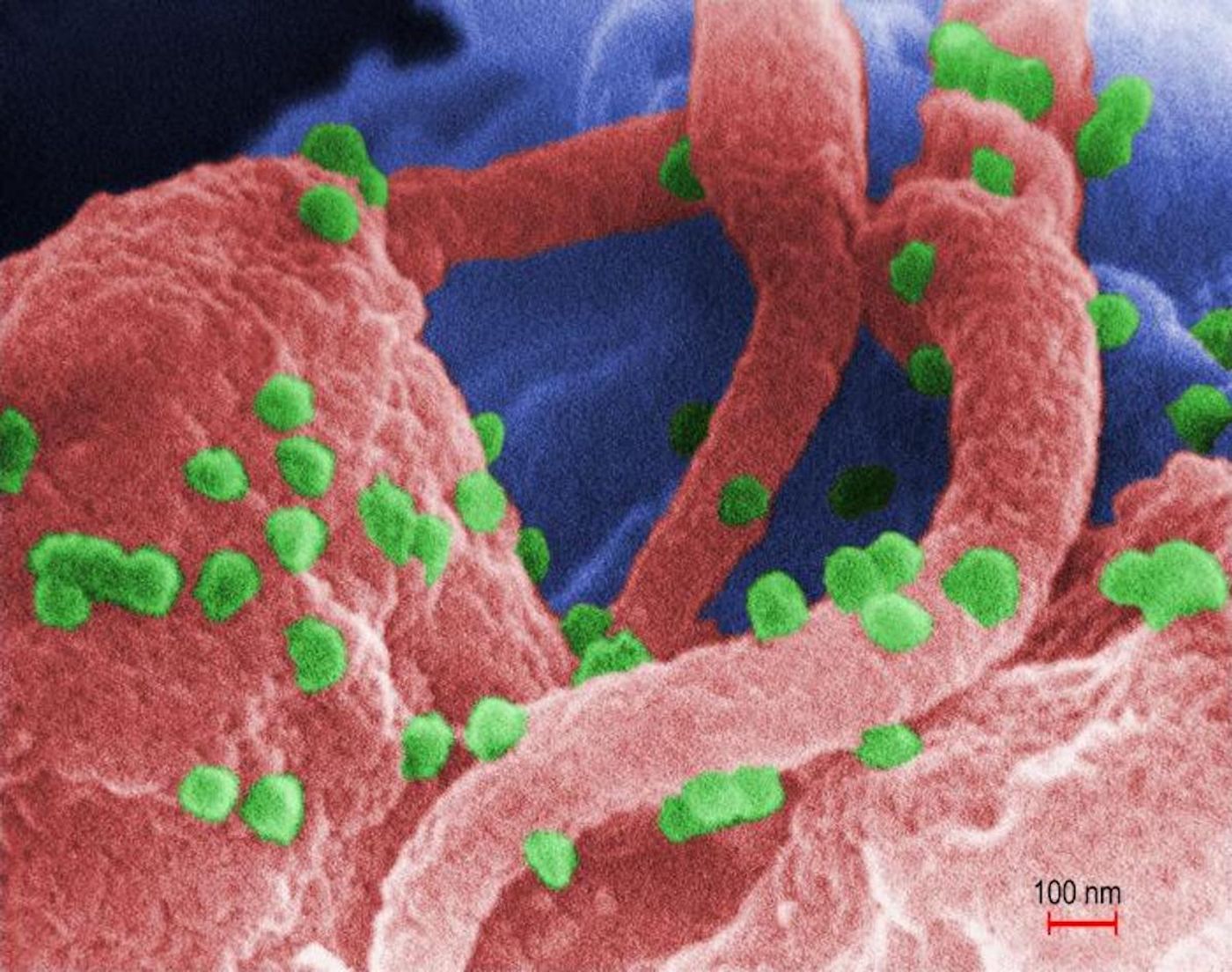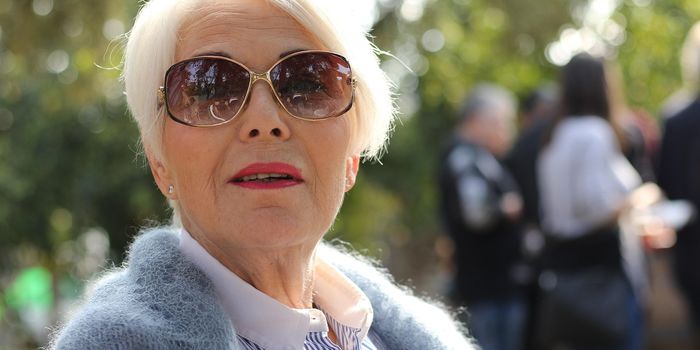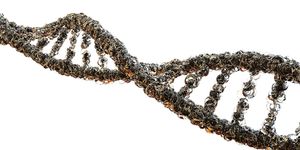Two people have been cured of HIV, and now, a US woman seems to have joined them. In this third case, stem cell transplants were used to treat a case of acute myeloid leukemia (AML). This recipient of the transplant was diagnosed with HIV in 2013 and high-risk AML in 2017. During the transplant, she was given a combination of cord blood cells that were taken from a donor who carries a mutation in a gene called CCR5, and stem cells from a half-matched related donor.
Though rare, a CCR5 mutation called delta32 is known to confer protection against HIV-1 infection when carriers have two copies of the delta32 mutation in CCR5 (CCR5-delta32/32 homozygous).
The two individuals who have been cured of HIV before this also underwent transplants in which they received donor cells from people that carried the CCR5-delta32/32 homozygous mutation; one patient got bone marrow cells while the other was treated with blood stem cells. This latest patient would be the first person to be cured of HIV with a combination of umbilical cord blood cells with the protective mutation and donor stem cells from a related adult.
This work was reported at CROI 2022, the Conference on Retroviruses and Opportunistic Infections, by UCLA researchers. The cord cells were engrafted within 100 days of the transplant, and there was no graft-versus-host disease, which was seen in the other two patients that were cured of HIV.
The patient has now been in AML remission for four and a half years. Retroviral therapy was halted fourteen months ago, and the patient has not experienced any HIV infection rebound, said study leader Dr. Yvonne Bryson, a distinguished professor at the David Geffen School of Medicine at UCLA, among other appointments.
The patient is now doing well and has no evidence of HIV infection, added Bryson.
Stem cell transplantation is not considered a therapy for HIV, but HIV-positive patients who are dealing with blood or lymph cancers can give researchers new insights into HIV treatment.
Though CCR5-delta32 is a rare mutation, cord blood banks may provide scientists with a repository of the right cells that could be used for this type of treatment. The combination cell therapy poses a lower risk of graft-versus-host disease compared to therapies that only use adult cells.
"This study provides hope for the use of cord blood cells or a combination of cord blood cells and haploidentical (half-matched) grafts to achieve HIV-1 remission for individuals requiring transplantation for other diseases," said Bryson.
Sources: National Institute of Allergy and Infectious Diseases (NIAID), University of California, Los Angeles









